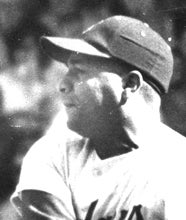- Home
- Our Stories
- Kiner earned election in final year of BBWAA eligibility
Kiner earned election in final year of BBWAA eligibility
Few hitters ever had a better seven-year stretch than Ralph Kiner.
And even fewer had more drama associated with their eventual election to the Hall of Fame.
Official Hall of Fame Apparel
Proceeds from online store purchases help support our mission to preserve baseball history. Thank you!
But on Jan. 23, 1975, Kiner’s Cooperstown destiny was fulfilled when he was named to the Hall of Fame in his final year of BBWAA eligibility, clearing the 75-percent threshold by a single vote.
“It’s a tremendous thrill for me, one I just can’t put into words,” Kiner told the New York Daily News the day he was elected. “Maybe outwardly I appear calm, but that’s probably because I faced a lot of three-and-one pitches with the bases loaded.”
Kiner retired as an active player following the 1955 season due to back injuries and quickly accepted the position of general manager of the Pacific Coast League’s San Diego Padres.
In 10 big league seasons, he hit 369 home runs, tallied 1,015 RBI and batted .279 to go along with a .398 on-base percentage and a .548 slugging percentage.
In Kiner’s first seven seasons in the big leagues – all with the Pirates – he led the National League in home runs each year, a feat that has never been matched. At the time of his retirement, he ranked sixth on baseball’s all-time home run list.
But when he debuted on the Baseball Writers’ Association of America Hall of Fame ballot in 1960, Kiner received just three of the 269 votes cast. BBWAA rules at the time, however, allowed Kiner to return to the ballot in future years, and by 1967 his percentage of the vote had jumped into the 40s.
The BBWAA held elections only in even-numbered years for part of the 1960s, so Kiner’s appearance on the 1975 ballot was his 13th overall – and was deemed his final year of eligibility.
A total of 272 votes were needed for election that year, and Kiner received 273.
He became just the third player – following Jackie Robinson and Roy Campanella – to be elected to the Hall of Fame with only 10 big league seasons of service.
“I knew this was my last chance to be elected by the writers and I guess I sort of prepared myself for not winning again,” said Kiner, who at the time of his election was in the first half of a Mets broadcasting career that would span six decades.
But for those who played with Kiner, his Hall of Fame election always seemed a foregone conclusion.
“Ralph was the one who did all the work,” former teammate Hank Greenberg – who Kiner cited as his mentor – told the Daily News, “and today it finally paid off for him.”
Craig Muder is the director of communications for the National Baseball Hall of Fame and Museum
Related Stories
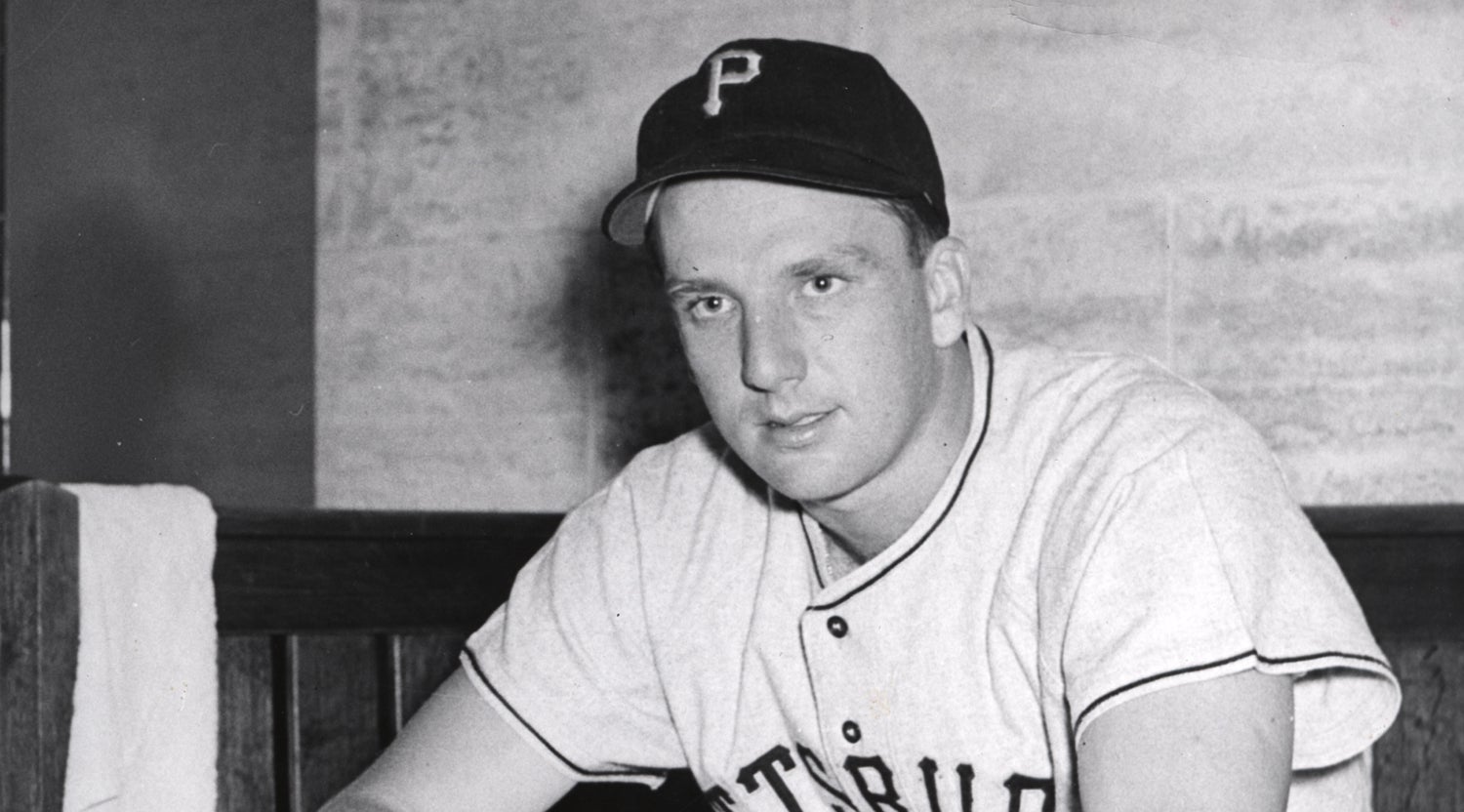
Ralph Kiner hits three homers and drives in seven runs in a 13-12 win over the Dodgers
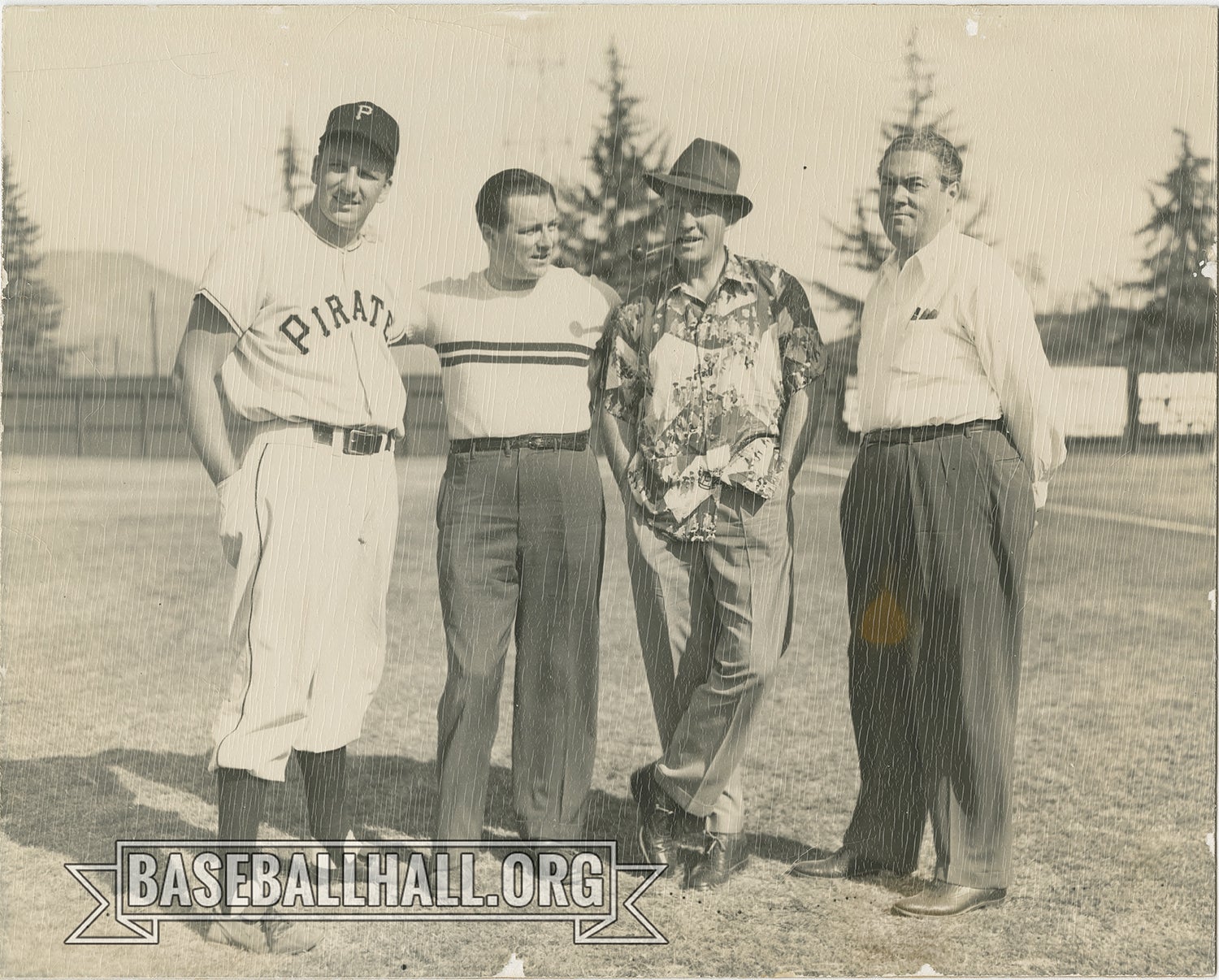
Kiner cornered stars with Pirates
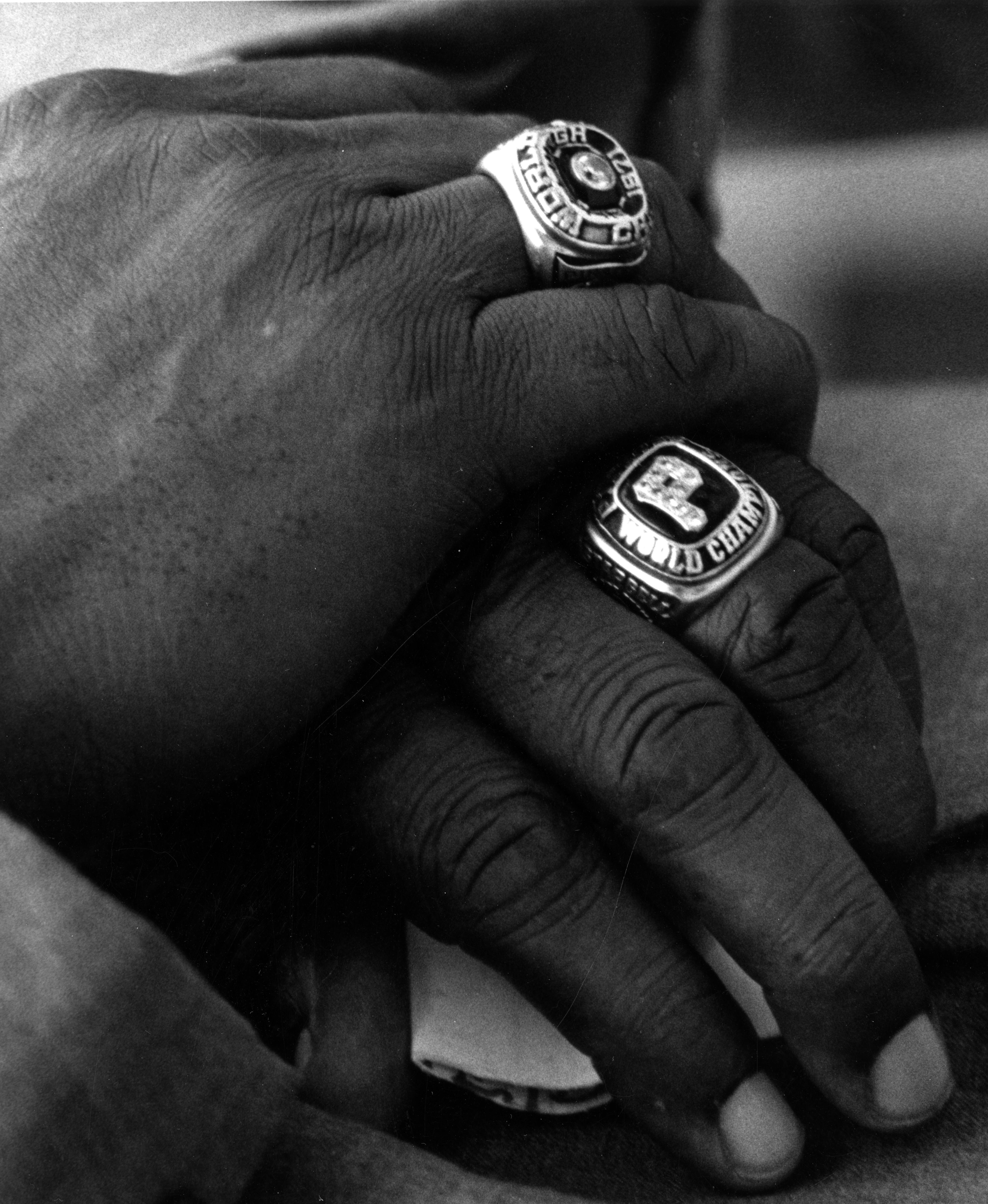
Stargell’s home run powers Pirates to Game 7 win in 1979 World Series
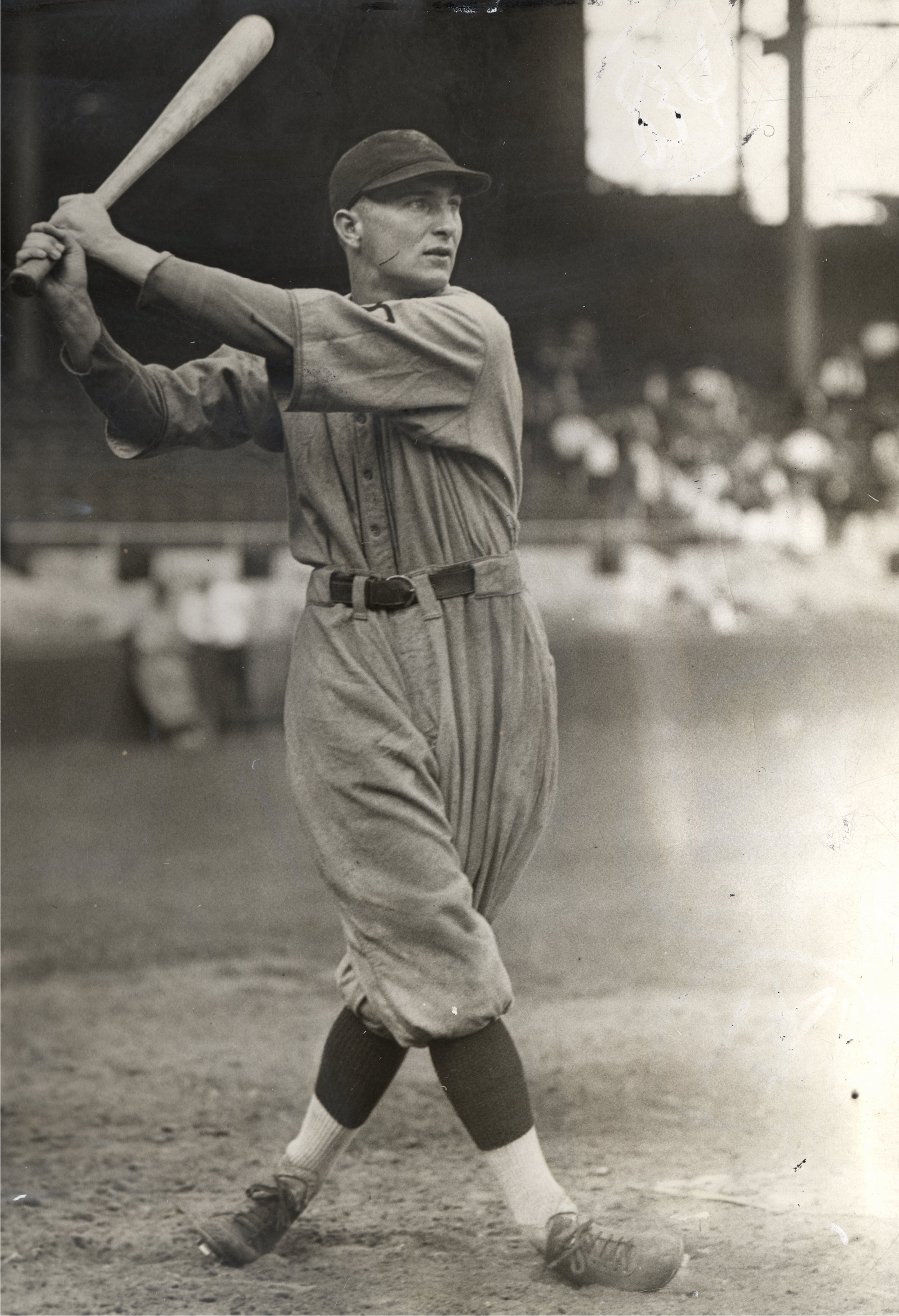
Paul Waner records six hits for Pirates

Ralph Kiner hits three homers and drives in seven runs in a 13-12 win over the Dodgers

Kiner cornered stars with Pirates

Stargell’s home run powers Pirates to Game 7 win in 1979 World Series








